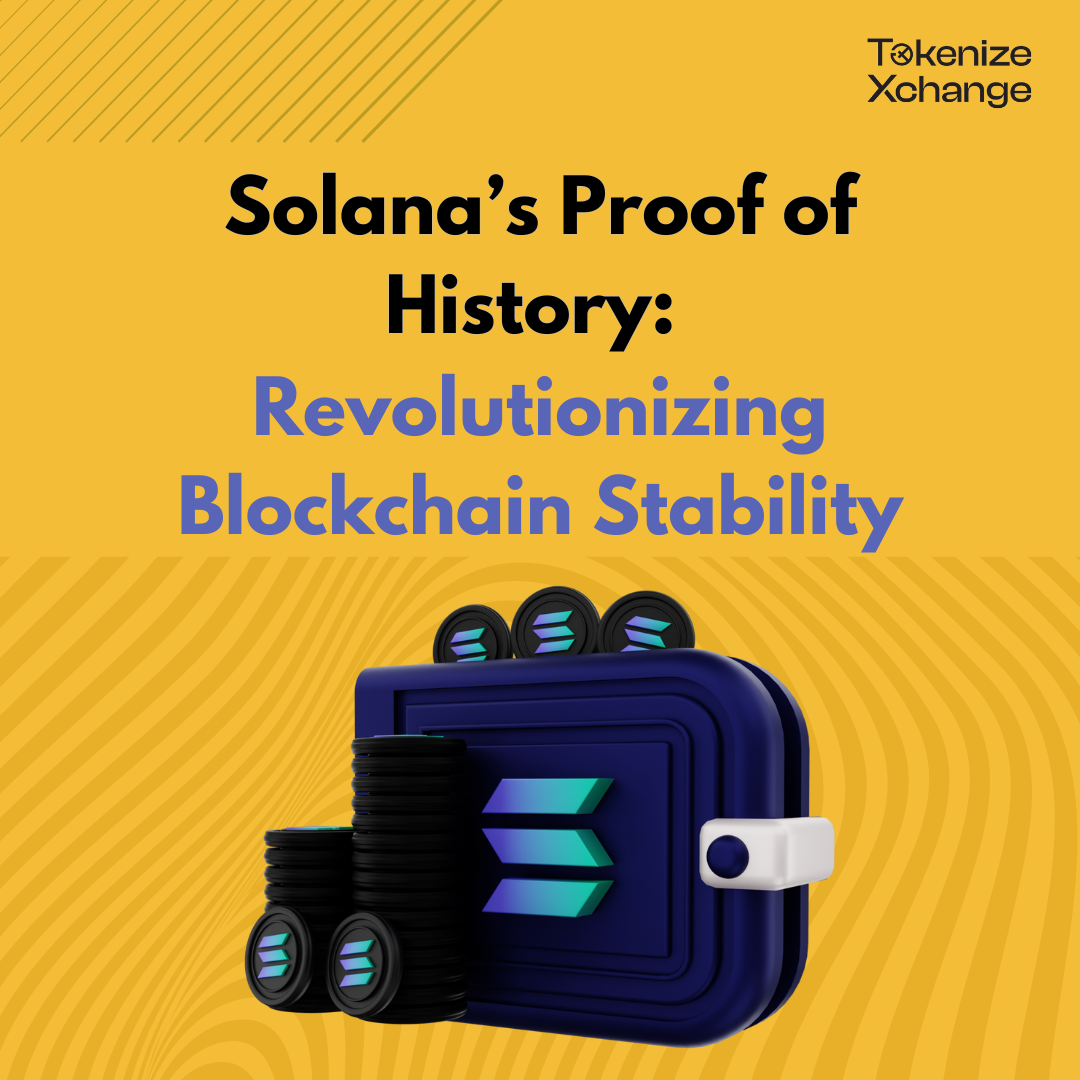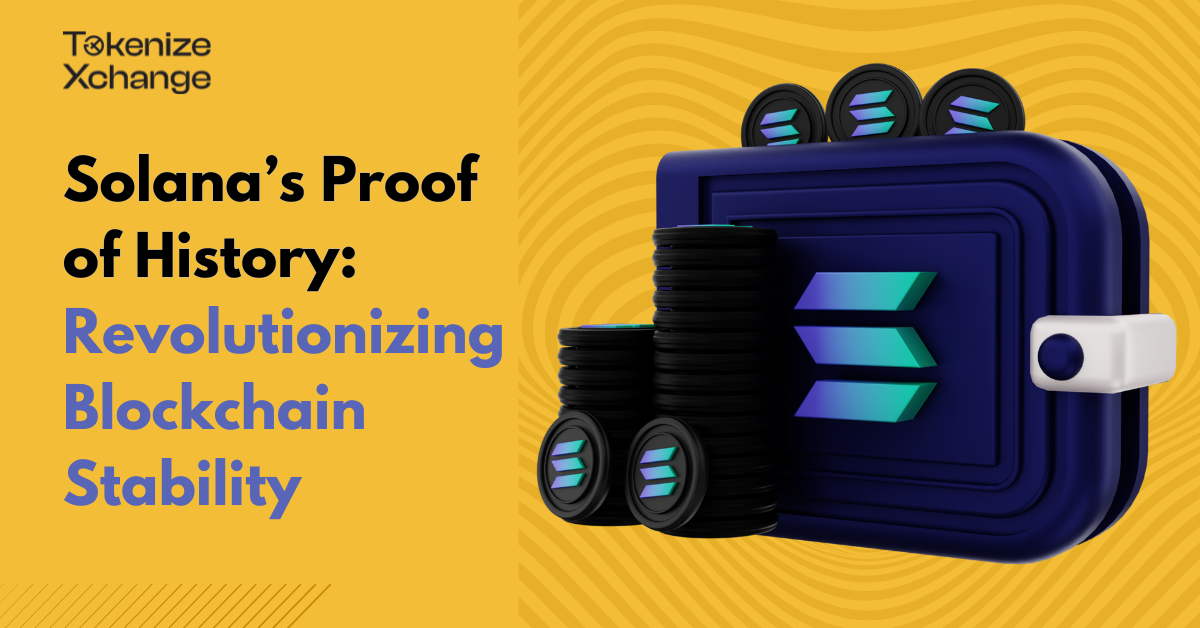
In the ever-evolving world of blockchain, scalability remains one of the biggest challenges. As digital currencies and decentralized applications (dApps) grow in popularity, the need for a blockchain that can handle massive transaction volumes becomes increasingly important. This is where Solana steps in with its innovative Proof of History (PoH) consensus mechanism, offering a potential solution that’s faster, more efficient, and ready for real-world applications.
What Makes Proof of History Unique?
Solana’s Proof of History is a game-changer in the blockchain space. Unlike traditional methods that rely on every node in the network to agree on the timing of transactions (a process that can be slow and cumbersome), PoH introduces a revolutionary way to keep time on the blockchain. By embedding a cryptographic timestamp in each block, PoH creates a reliable sequence of events that all network participants can verify.
This timestamping process is powered by a Verifiable Delay Function (VDF), which ensures that each timestamp is both accurate and secure. While other blockchains like Bitcoin and Ethereum require nodes to synchronize their clocks, leading to slower transaction speeds, Solana’s PoH bypasses this step, enabling the network to process over 50,000 transactions per second.
How Does Proof of History Operate on Solana?
Solana’s PoH works by establishing a chronological order of transactions, making it possible to verify the time between events without needing all nodes to reach a consensus first. This is achieved through a sequence of computations where each result feeds into the next, creating a continuous, verifiable chain of timestamps.
In practice, this means Solana can achieve incredibly fast block times—around 400 milliseconds—by using a protocol called Sealevel. Sealevel allows Solana’s validators to execute multiple tasks simultaneously, optimizing the network’s performance and efficiency. This makes Solana particularly well-suited for applications that require high throughput, such as decentralized finance (DeFi) platforms and dApps.
The Advantages and Challenges of Proof of History
Solana’s PoH offers several significant benefits, but it’s not without its challenges. Let’s explore both:
Advantages
- Lightning-Fast Transactions: PoH eliminates the need for nodes to synchronize transaction orders, resulting in a much faster processing speed.
- Scalability at Scale: Solana’s ability to handle a large number of transactions per second makes it one of the most scalable blockchains available today.
- Eco-Friendly: Unlike Bitcoin’s energy-intensive Proof of Work, Solana’s PoH is designed to be more energy-efficient, reducing the environmental impact.
- Decentralization Maintained: Despite its speed, PoH preserves the decentralized nature of blockchain, ensuring no single entity can control the network.
Challenges
- Complexity: The intricate nature of PoH introduces more complexity to the network, which could lead to technical challenges or vulnerabilities.
- Hardware Demands: The VDF used in PoH requires powerful hardware, potentially raising the cost for those looking to participate as validators.
The Future of Solana and Proof of History
As the blockchain space continues to evolve, Solana’s Proof of History stands out as a promising innovation. It addresses many of the limitations seen in older consensus mechanisms, offering a faster, more scalable, and energy-efficient alternative. While there are still hurdles to overcome, the potential for PoH to drive the next wave of blockchain innovation is immense.
For Malaysian investors who are keen on exploring the future of blockchain technology, keeping an eye on Solana and its unique approach with Proof of History could be a wise decision. The combination of speed, scalability, and environmental consciousness makes it a strong contender in the race to become the blockchain of choice for real-world applications.
